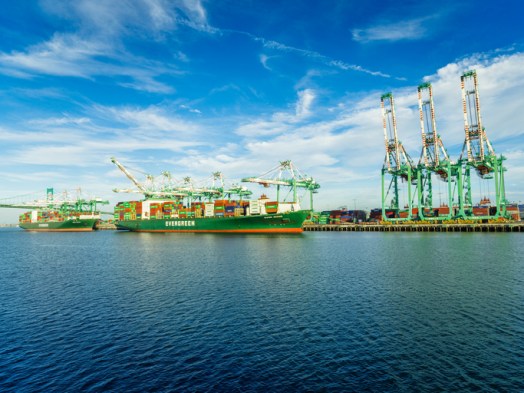California Power Outages Wreaking Havoc on the Port of Los Angeles
The Port of Los Angeles is running low on power. The Los Angeles Department of Water and Power (LADWP) reports that nine outages have occurred thus far in 2024, an average of over one per month. The utility has earmarked hundreds of millions to boost power and reliability, but the upgrades are not slated to finish until 2029.
Over twenty years ago, California legislators embarked on energy deregulation. Implemented haphazardly, what followed were mandated price caps, rolling blackouts, and the eventual 2003 recall of then-Governor Gray Davis. Fast-forward to the present and the state still struggles with a stable and reliable electrical grid.
LADWP attributes the outages this year to bad weather, vehicles and birds hitting the power poles and lines, and equipment failure. A glaring weakness of the port is that it is served by overhead power lines that the elements can easily compromise. The previously mentioned upgrades include new underground power lines.
Down the road at the Port of Long Beach, terminal operators report fewer issues. Still in California, Long Beach receives its power through Southern California Edison, leading some to question whether these failures are also the result of poor management on the part of LADWP. Long Beach is a heavily automated port that runs nearly entirely on electricity and employs backup battery systems when needed.
Power interruptions cause ship-to-shore cranes to reset, ceasing cargo flow to the terminals. Compromised automated gates also interrupt the acceptance and delivery of goods to trucks. Recalibrating the machinery takes time, as does replacing fried circuit cards, and time off the grid is costly.
The outages are sparking a larger discussion about what the future holds after the state mandate kicks in to phase out diesel-powered machinery by 2030. An all-electric environment with an unreliable grid would spell disaster in the current climate. The shift to zero-emission technologies in California is well underway. For example, the US Environmental Protection Agency released a “mandate” under a different name that will push truck manufacturers to sell additional battery-electric trucks by 2030. It remains to be seen if the infrastructure and providers can keep pace. For the moment, they haven’t.





Leave a Reply